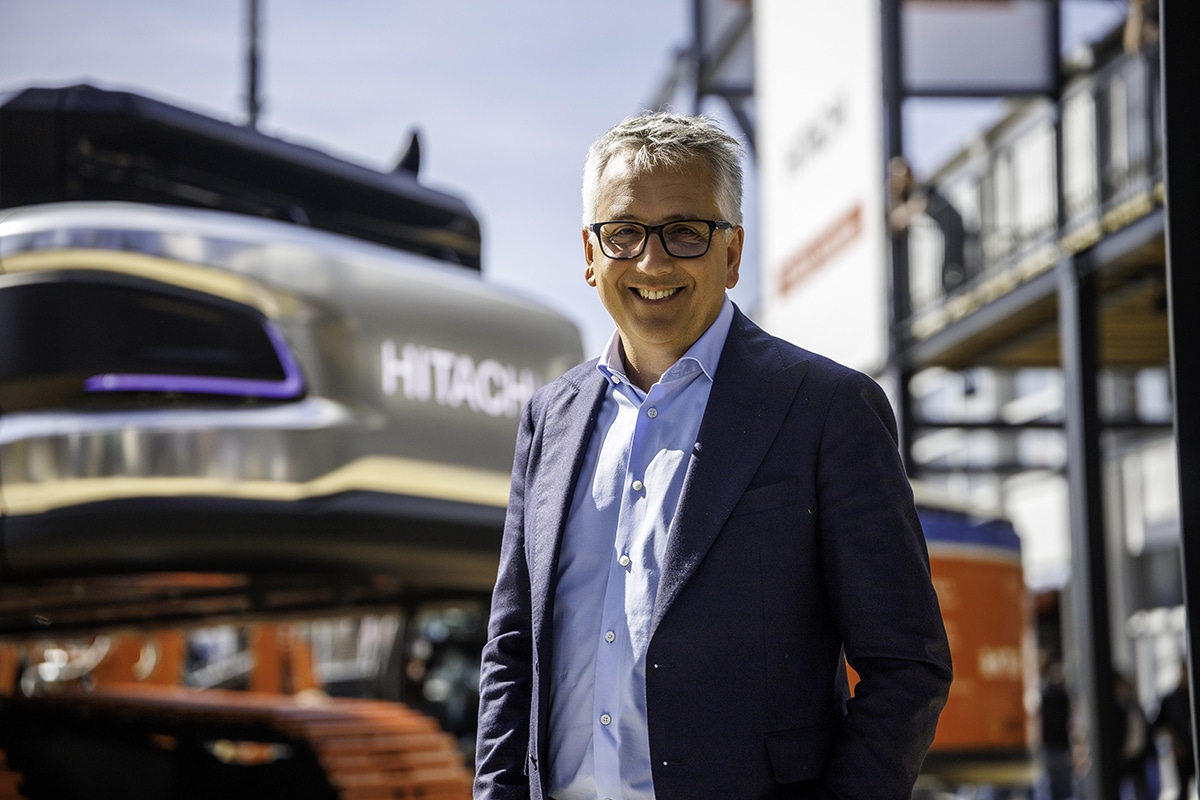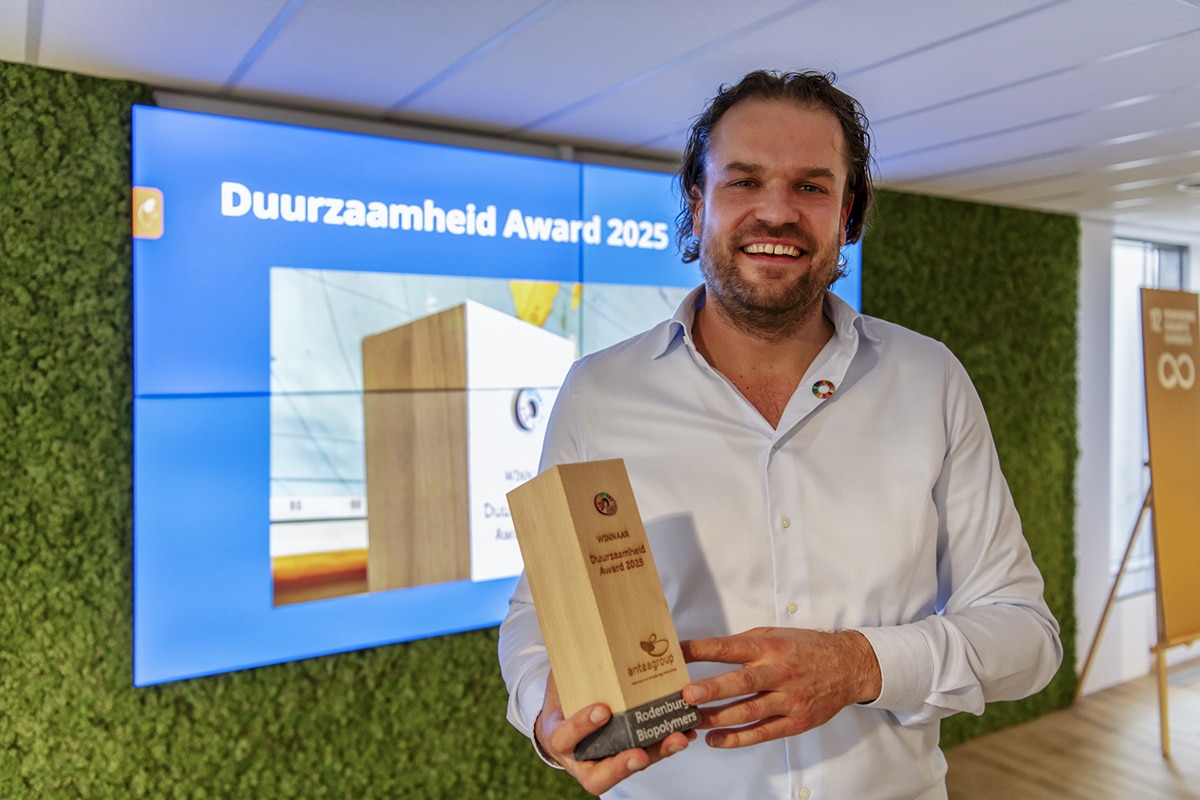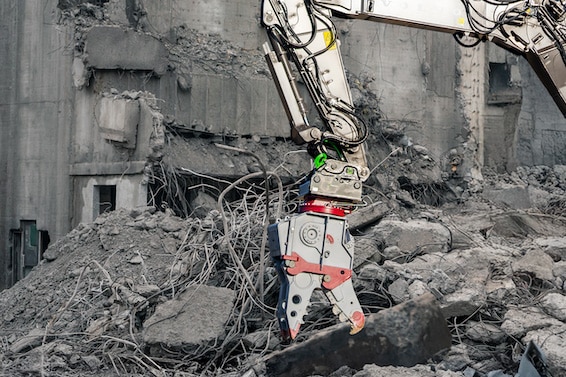
Floating solar parks
Solar energy: indispensable in achieving the climate goals, whereby the Netherlands will be virtually CO2- and energy neutral. But the energy transition is slow so it is important to realize even more solar energy projects. However, space to install solar panels is limited. GroenLeven is truly making solar energy generation at dual-purpose locations the new norm, creating solar energy sources on roofs, greenhouses, parking lots, landfills, industrial sites and water.
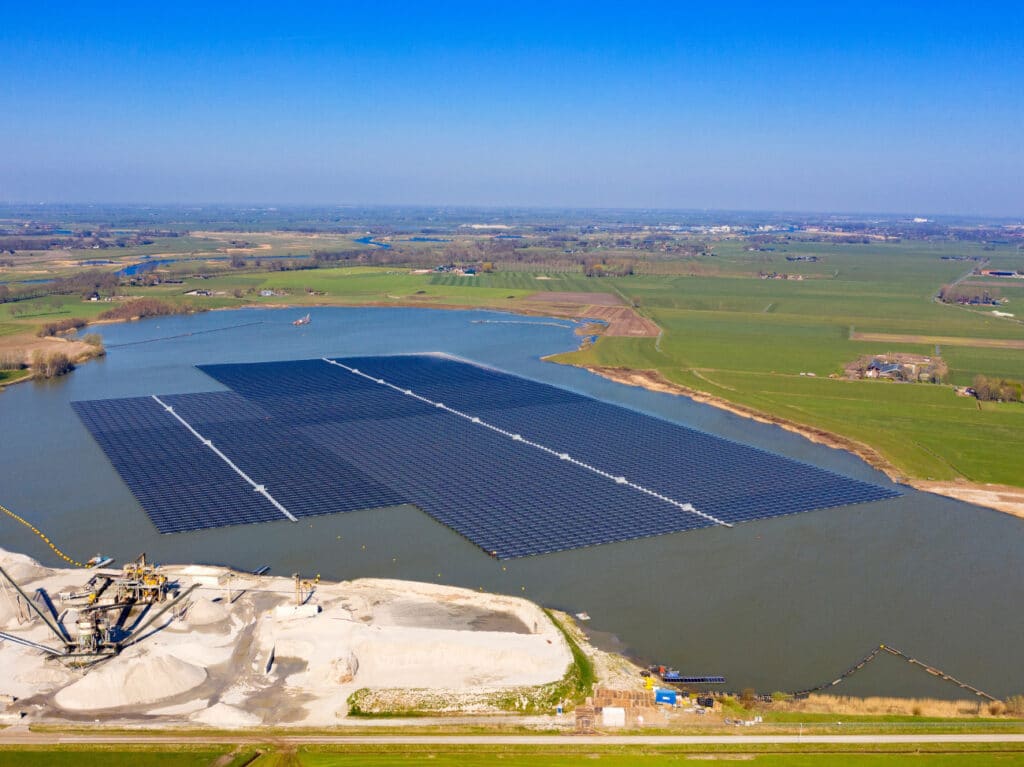
A conversation with Willem Biesheuvel, Floating Solar project manager at GroenLeven, about the possibilities and benefits of floating solar parks. "The Netherlands has thousands of unused sand mining lakes, inland waters and dredging depots. These are particularly suitable for solar panels on water."
Large floating solar park
For example, on the Bomhofsplas in Zwolle in 2020, GroenLeven realized the then largest floating solar park in Europe (18 hectares in size - 27.4 megawatts). Together with the Sekdoornse plas in Zwolle (14.5 megawatts), as many as 12,000 households will be supplied with sustainably generated electricity. Biesheuvel is proud of the efficient manner and speed with which such a solar park is built: "On site, people work on a sort of conveyor belt to build such a park step by step. Each solar boat has four floats around which the steel frame is clamped. At a 12-degree angle, the solar panels are clamped into the frame, making it easy to maintain or replace a panel. 2,000 panels are installed per day. Not only the pace at which it is built and installed, but the scale of this kind of project makes you really contribute something."
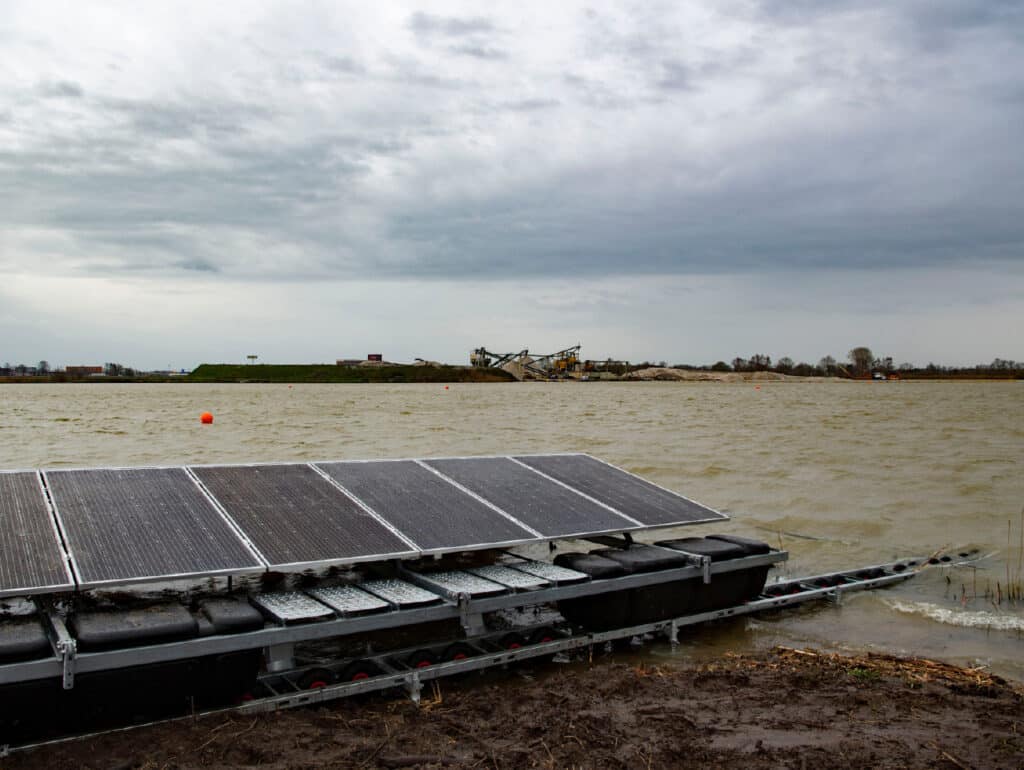
Ecology plays an important role
In GroenLeven's floating solar parks, ecology plays an important role. "It must not only fit into the landscape, but also not disturb the ecology. This was carefully considered when designing the structure: A special anchorage in the ground keeps the solar park in place. In doing so, we spare the banks, which ecologically contain the most life. To ensure that the solar panels let in enough light and air, they are slightly higher on the water and there is extra space between the panels, allowing heat to escape. A sand mining well is quite deep, the water is quite cool even in the summer, which has a positive effect on the yield and so you get more return from your panels. The east-west arrangement also helps to distribute the yield more evenly throughout the day." GroenLeven is working with ecological consulting firm Buro Bakker on a long-term study to see what impact the solar farm will have, both above and below water. "We are dealing very consciously and carefully with all kinds of aspects with regard to ecology," he says. Biesheuvel mentions the biohuts. "These are woven baskets, filled with wood or shell material, which are attached to the sides of the park underwater. They provide protection for young fish, stimulate the fish population and act as nurseries. The Hanze Hogeschool Groningen also conducted a year of research at our solar park with sensors in the middle of the park and on the sides. The results of the research were surprisingly positive. Because the system is quite high on the water, it allows water flow to run its course, allows light and air to pass through and has little effect on the temperature and oxygen content of the water."
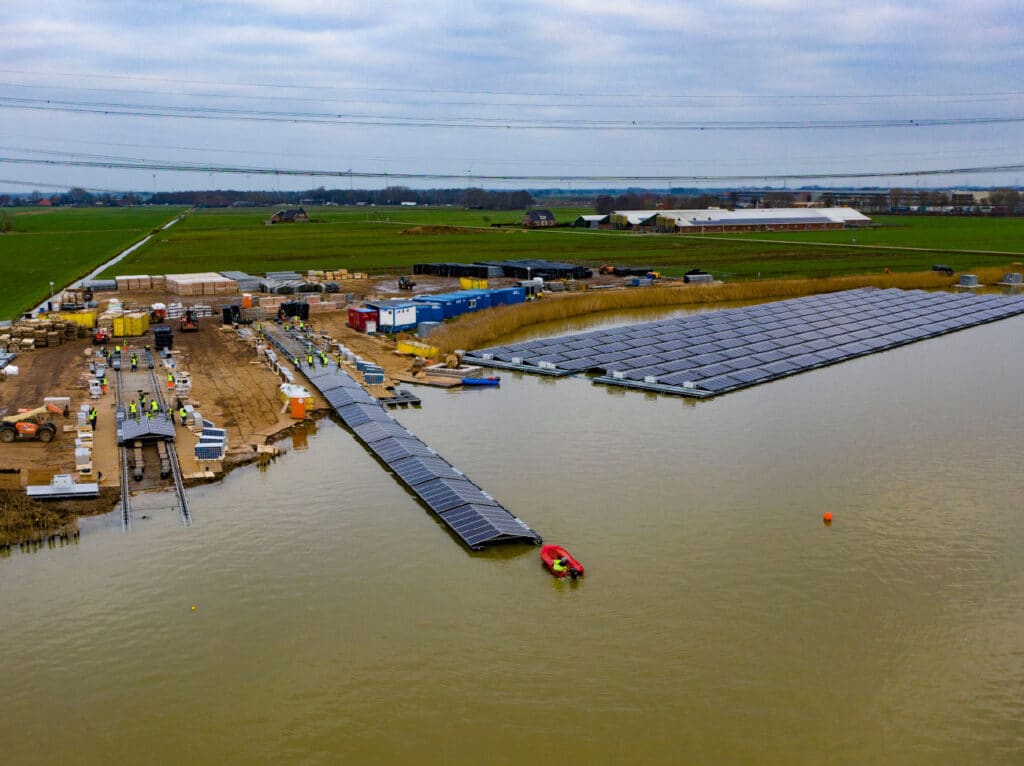
Integrated system
When building floating solar parks, proper planning and coordination is a requirement. "In addition, it is important to bring the power safely ashore and to optimize this process as well. A solar park also requires inverters and transformers. Unique to our system is that these also float on water. We designed a standard system where everything is integrated. Only one cable is needed from the solar farm to land to get the power into the grid. Moreover, the entire construction process can be CO2-neutral, as a few solar boats provide power from the start. Very environmentally friendly but also efficient because a sand mining lake is often very remote. The solar boats used for the construction process are the final puzzle piece of the overall solar park."
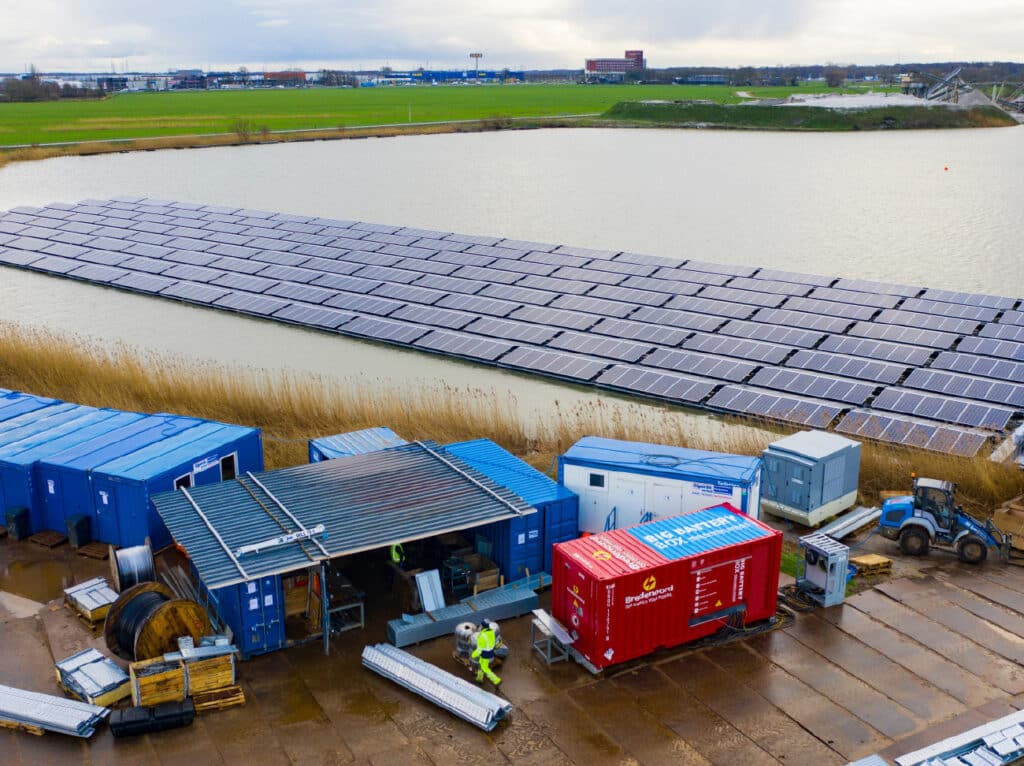
Fantastic innovation
"These kinds of innovative systems, our floating dual-purpose solar parks, are fantastic projects that allow GroenLeven to contribute a little -or actually a very big stone- to the energy transition and the Netherlands' climate agreement. As experts in solar on water, we continue to research and see that the possibilities are enormous. With our thought and the technology behind it and without losing sight of the ecological aspects involved, we are working towards a cleaner and better world." Biesheuvel concludes, "Floating solar parks are functional, sustainable and indispensable."
